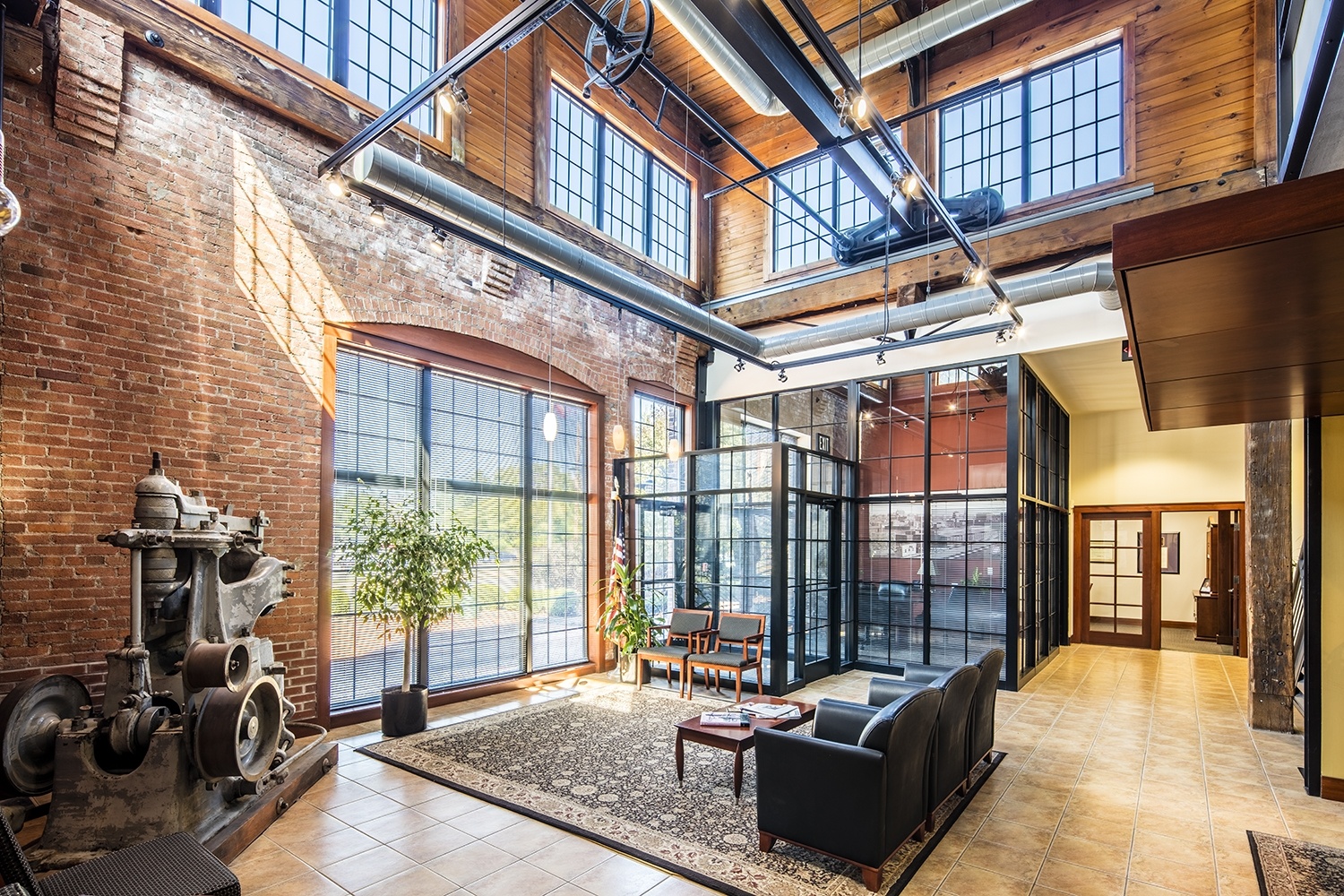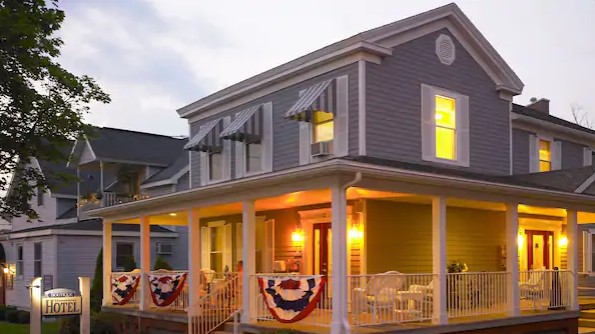The rise of Covid-19 has accelerated the growth and interest in adaptive reuse real estate. Many brick and mortar retail businesses have taken advantage of ecommerce, office tenants have moved their employees to work-from-home, and restaurants have downsized their spaces to focus their efforts on to-go meals. Now, communities are finding themselves with many vacant properties.
The term ‘reuse’ can be thought of as ‘repurposed’ real estate. For example, if a large retail store decides to move their business online, the property can be converted into something the area needs, like warehouse space for medical supplies. Maybe an old factory building hasn’t been used for years. A real estate company can buy the structure and convert it into apartments. It takes a trained economic trend-spotter to predict tomorrow’s business demands. Sutton has over 45 years of adaptive reuse development experience in the Syracuse and surrounding area, making our company a leader in the industry.
New development will always have a place, but being able to reuse infrastructure that is already in place can help support a community’s green initiative, maintain local character, and enhance culture through preserving important history. As developers, it’s our responsibility to protect and enhance the qualities that make Syracuse real estate so special.
Sutton’s history with adaptive reuse properties spans over 45 years and is most apparent when visiting our main office. 525 Plum Street is on the National Register of Historic Places and is one of the last preserved manufacturing buildings in Franklin Square. Franklin Properties, the Developer earned State and Federal Tax credits to preserve many of the features and characteristics of the early twentieth century industrial plant while transforming the building in to needed housing and office space in the neighborhood.
Many adaptive reuse projects preserve and transform older properties such as Harbor Street Lofts, a former knitting factory that was converted to 40 mixed income apartments and Seaway Lofts, a former brewery in Oswego, NY that was converted to 26 affordable apartments. Both properties were placed on the Federal Historic Register prior to being developed by Sutton. But not all properties have to be historic to be a good candidate for an adaptive reuse project. For example, in the 1980’s, 550 Harrison Center was a failed shopping center at the foot of University Hill. In partnership with several physicians from Upstate Medical Center, the property was converted to a full service medical building occupied by a medical specialists and an ambulatory surgery center.
Adaptive reuse provides owners with an option to repurpose their buildings to maximize their value and help maintain characteristics of our community’s history. As our lifestyles change in a Post Covid world, so too should our buildings.






